Jeju Love Land (제주러브랜드)
2024-11-27
2894-72 1100-ro, Jeju-si, Jeju-do
Jeju Love Land is a modern-themed park that creatively interprets sex through art. The entire park is a vast artistic space featuring a variety of works approached from perspectives of enjoyment and humor. At night, the park is beautifully illuminated with colorful and exotic lights, creating a mysterious ambiance. It's consistently popular among couples. Additionally, there are gift shops, cafés and restaurants available.
Dolhareubang Museum (돌하르방미술관)
2024-03-12
70 Bukchonseo 1-gil, Jocheon-eup, Jeju-si, Jeju-do
+82-64-782-0570
Dolhareubang Museum is an outdoor art gallery that exhibits 48 original dolhareubang sculptures recreated by artists native to Jeju Island. Visitors can enjoy the artworks while strolling through the Gotjawal in Jeju. Along the forest path, there are various interpretations of dolhareubang, such as dolhareubang practicing yoga and dolhareubang throwing hearts, providing a fresh perspective on these iconic stone statues.
Pyoseon Haevich Beach (표선 해비치 해변)
2025-01-08
Minsokhaean-ro, Seogwipo-si, Jeju-do
+82-64-740-6000
Pyoseon Beach in Seogwipo is a spacious beach, taking up more than 150,000 m². During low tide, the beach looks like an elegant circle, and it becomes a circular lake less than 1 meter deep during high tide, and displays many different colors. The beach is a great place for children to play and for watching the sunrise. The sand on the beach is formed out of broken shells, and sand baths are believed to be effective for people suffering from neuralgia. Every August, this beautiful beach hosts the Pyoseon White Sand Festival, which offers fun and colorful events. The beach is equipped with excellent amenities (a campground, abundant parking space, dressing rooms and shower rooms) and surrounded by nearby attractions, such as Seongeup Folk Village and Jeju Folk Village Museum.
Geumnyeonsan Mountain (금련산)
2018-07-11
Gwangan-dong, Suyeong-gu, Busan
+82-51-253-8253
There are two stories about how Busan's 415m high Geumnyeonsan Mountain got its name. One suggests that the mountain resembled lotus flowers and the other argues that Buddhists served Buddha with golden flowers. Although the mountain used to be home to two temples, Banyaam and Banyamilda, there are only traces of those sites left. Renowned for majestic tolling of temple bells, the mountain belongs to one of eight scenic sights in Suyeong and offers a training facility for children, mineral spring spots, and hiking trails.
Nakdong Estuary Eco-Center (낙동강하구에코센터)
2021-06-23
1240, Nakdongnam-ro, Saha-gu, Busan
+82-51-209-2000
Nakdong Estuary Eco-Center, located where the river meets the ocean, is a habitat for migratory birds. The center focuses on research, maintenance, and education about the ecology of the wetlands. The center not only has various programs, but also a wild animal treatment center, experience center, observatory and more.
Gwangbok-dong Cultural & Fashion Street (광복로문화패션거리)
2024-03-06
Gwangbok-ro, Jung-gu, Busan
+82-51-253-8253
Gwangbok-dong Cultural & Fashion Street is about 600 m long from the entrance to Gukje Market. The street has historically featured many clothing shops, and it is quite crowded at night or on weekends. Every December, the area also hosts the Busan Christmas Tree Cultural Festival, which turns the street into a pedestrian-only area. There are plenty of good restaurants in the area, which is a great place to feel the vitality and energy of Busan’s youth.
Busan Songdo Beach (부산 송도해수욕장)
2024-04-26
100 Songdohaebyeon-ro, Seo-gu, Busan
+82-51-240-4000
Songdo Beach is 800 meters long and 50 meters wide. The average water level is 1~1.5 meters. It was one of the first beaches to open in Korea in 1913. In 2000, the beach underwent a comprehensive 5-year reconstruction and reopened with restored and expanded coastlines and the addition of several fountains. Nearby attractions include Busan’s famed Jagalchi Seafood Market and Amnam Park. Amnam Park was a military protected area that opened to the public as a nature park in April 1996. Amnam Park, as well as Dudo Park, a famous sea fishing spot, connects to Songdo, where visitors can see a spectacular landscape with seagulls, a symbol of busan, and the quiet seascape with Yeongdo Island in the distance.
The area has a variety of accommodation and dining options, and is well equipped with convenience facilities such as an overpass, promenade, boat yard, and parking lot. Amnam Park on the Songdo coast is a coastal ecological park. It has an observatory, a 3.8-kilometer promenade, a roadside cafe, and raw fish restaurants with a panoramic view of the Songdo coast and Busan Namhang Port. Another historically important attraction in the area is the Provisional Capital Memorial Hall that was used as the presidential residence for three years when Busan was the temporary capital during the Korean War.
Darangswi Oreum (Wollangbong Peak) (다랑쉬오름(월랑봉))
2020-05-06
San 6, Sehwa-ri, Jeju-si, Jeju-do
+82-64-740-6000
Located the Northeastern part of Jeju Island, Darangswi Oreum is a parasitic volcano that stands about 380 meters above sea level. From Darangswi Oreum, visitors can overlook tourist attractions such as Seongsan Ilchulbong (Sunrise Peak), Udo Island, Hallasan Mountain, coastlines, and various parasitic cones.
The mountain has an oval shape from south to north with a steep incline. The top has a large, deep funnel-shaped crater that still preserves its original shape unlike craters in cones. The name Darangswi is derived from the fact that the mountain looks like a moon ('Da' meaning 'Moon' and 'Swi' meaning 'Mountain' in the Jeju dialect).
Trees are scattered here and there at the top, and the outskirts of the mountain are decorated with cedar trees. Meadow plants such as Aster yomena populate most of the mountain. A gentle hill to the right of Darangswi Oreum is called Akkeun Darangswi Oreum (also called Sowol Nangak). Meaning 'small,' 'Akkeun' is both old Korean and Jeju dialect.
Darangswi Oreum hosts Wollang Peak Sunrise Festival every year allowing visitors to see the spectacular full moon from the crater. There are wooden stairs in place for easy ascent, and the mountain is also a popular site for paragliders.
Chujado Islands (추자도)
2021-10-22
Chuja-myeon, Jeju-si, Jeju-do
+82-64-740-6000
Located about 45 kilometers from Jeju Island and 35 kilometers from the Korean Peninsula, Chujado Islands is comprised of four inhabitated islands, called Sangchujado, Hachujado, Chupodo, and Hoenggando, as well as 38 uninhabited islands. Records show people have been living on the islands since as long as 1271, during the reign of Goryeo King Wonjong, at which point they were referred to as Hupungdo Islands, serving as a safe harbor for ships sailing between Jeju and the mainland. The name changed to Chujado Islands during the Joseon dynasty due to the lush forest of walnut trees, "chuja" in the Jeollanam-do dialect. The ocean around the islands is a popular place for sea fishing, while the islands themselves offer outstanding views of nature along a Jeju Olle Trail Course.
Yongnunioreum Volcanic Cone (용눈이오름)
2024-03-15
28 Jongdal-ri, Gujwa-eup, Jeju-si, Jeju-do
+82-64-740-6000
Yongnunioreum Volcanic Cone is located in the eastern part of Jeju. It connects three craters and creates beautiful ridges. Its relatively low x_height makes reaching its summit easy. The top offers panoramic views of Seongsan Ilchulbong Tuff Cone and Udo Island in the distance. In spring and summer, the area is covered with green grass, while silver grass takes over in fall and winter.
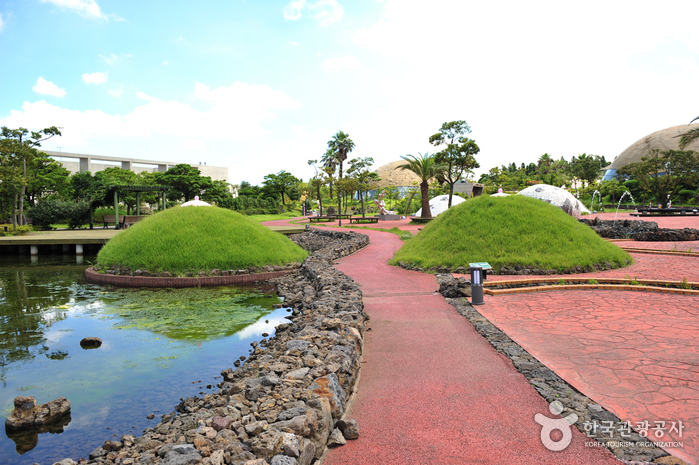
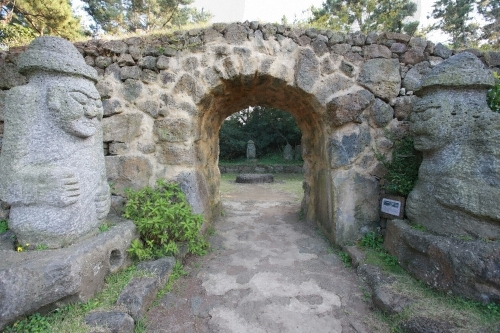
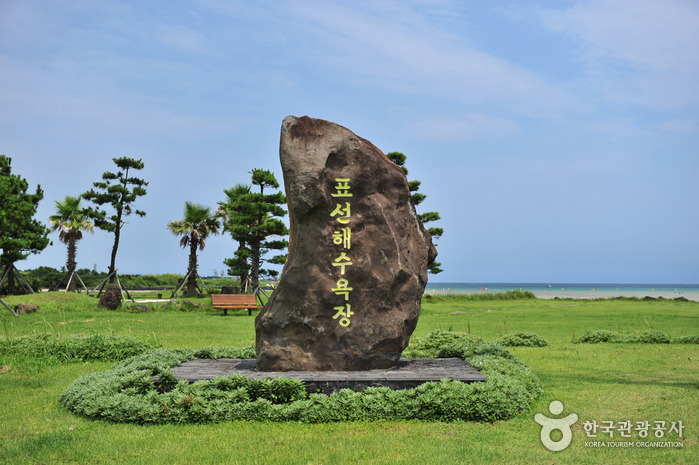
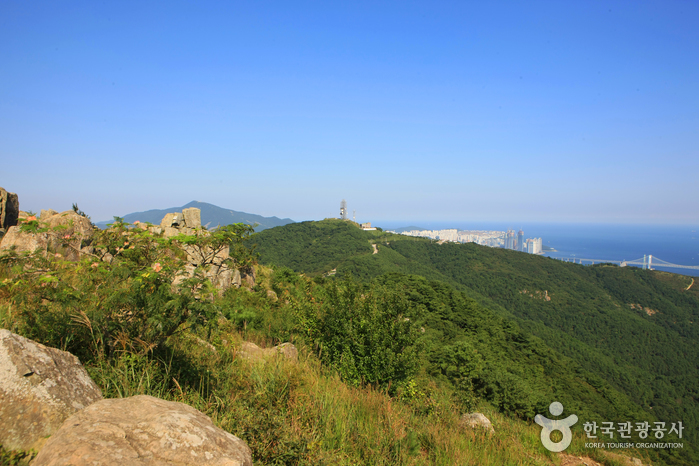
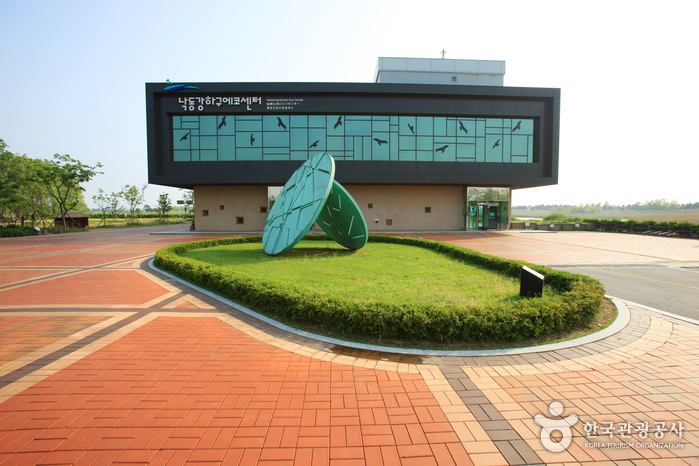
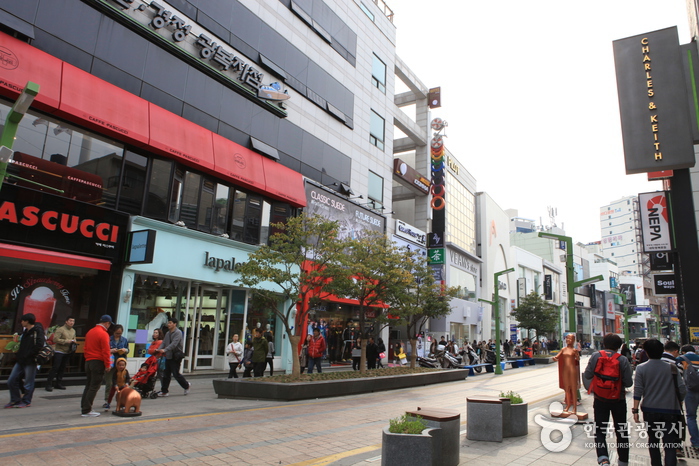
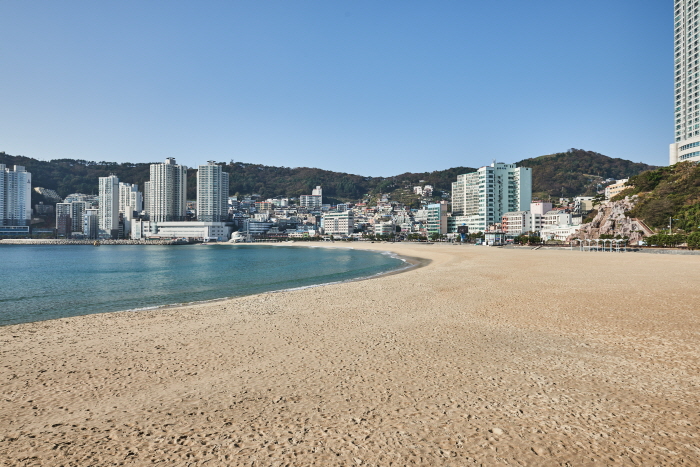
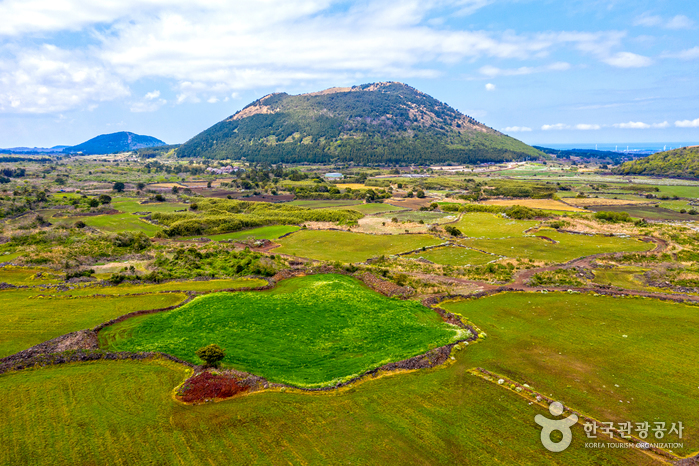

 English
English
 한국어
한국어 日本語
日本語 中文(简体)
中文(简体) Deutsch
Deutsch Français
Français Español
Español Русский
Русский